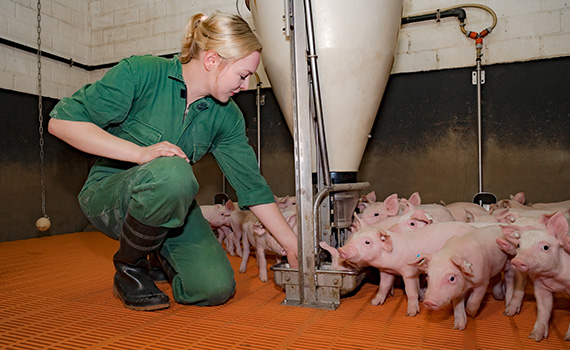



US pork industry urges changes to LRP programme
The NPPC and other associations advocating for American hog farmers call on the USDA to make changes to the Livestock Risk Protection insurance programme.The National Pork Producers Council and 26 state pork associations representing thousands of American hog farmers have asked the USDA’s Federal Crop Insurance Corporation (FCIC) to implement enhancements to the Livestock Risk Protection (LRP) insurance programme. These changes would mitigate the impact of unexpected declines in hog values from unanticipated events like the COVID-19 pandemic.

“The COVID-19 crisis in our farm sector has demonstrated the enormous value of an enhanced LRP,” said NPPC President Howard AV Roth, a hog farmer from Wauzeka, Wisconsin. “The LRP changes we support, if enacted, would undoubtedly draw more hog farmer participants to the programme and help offset losses caused by catastrophic events like the one we are experiencing today.”
In a 10 August 2020, letter to the FCIC, NPPC and the 26 state pork associations called for these LRP modifications:
- An increased subsidy to make the programme more affordable to livestock farmers, particularly when a risk management programme is most needed but often cost prohibitive.
- Expansion of the coverage period to 52 weeks and an increase in the number of head eligible. Risk management decisions in pork production are often made at least 52 weeks in advance. The current maximum coverage period of 26 weeks, combined with limitations on the number of pigs that can be covered, have significantly limited programme participation.
Last year, more than 120 million hogs were marketed in the United States. Over the last 15 years, only once have more than 100,000 hogs fallen under LRP coverage due to programme limitations.








